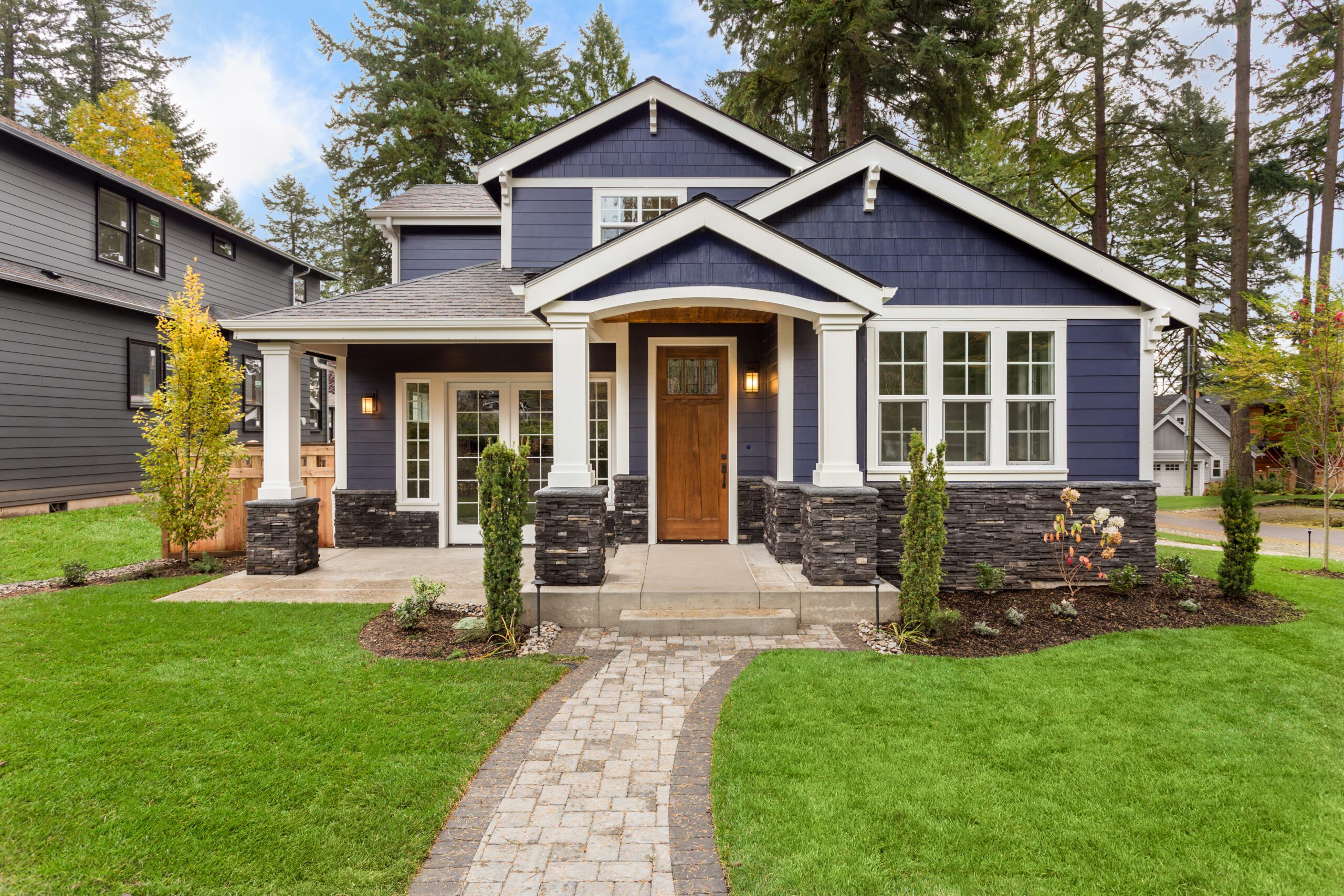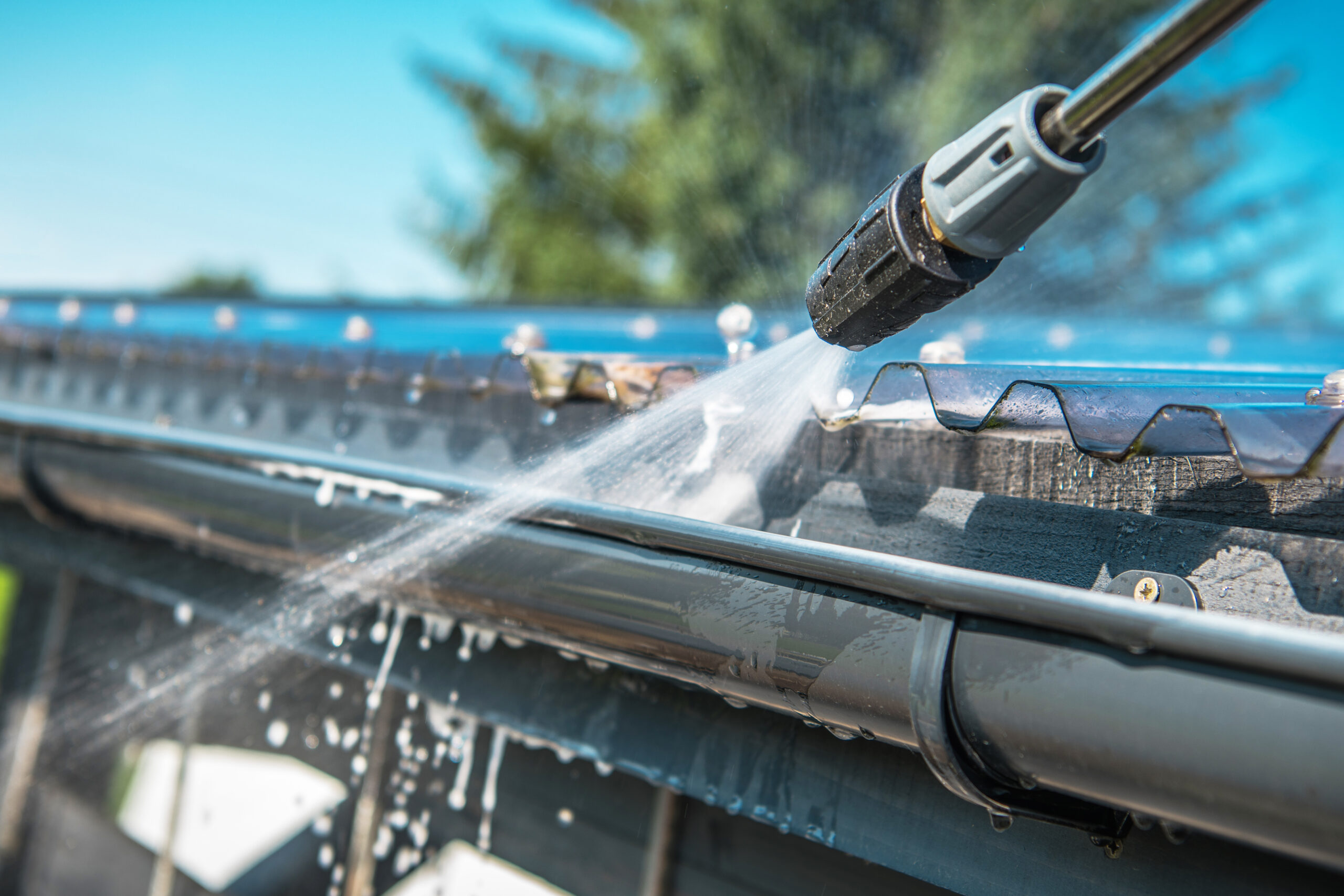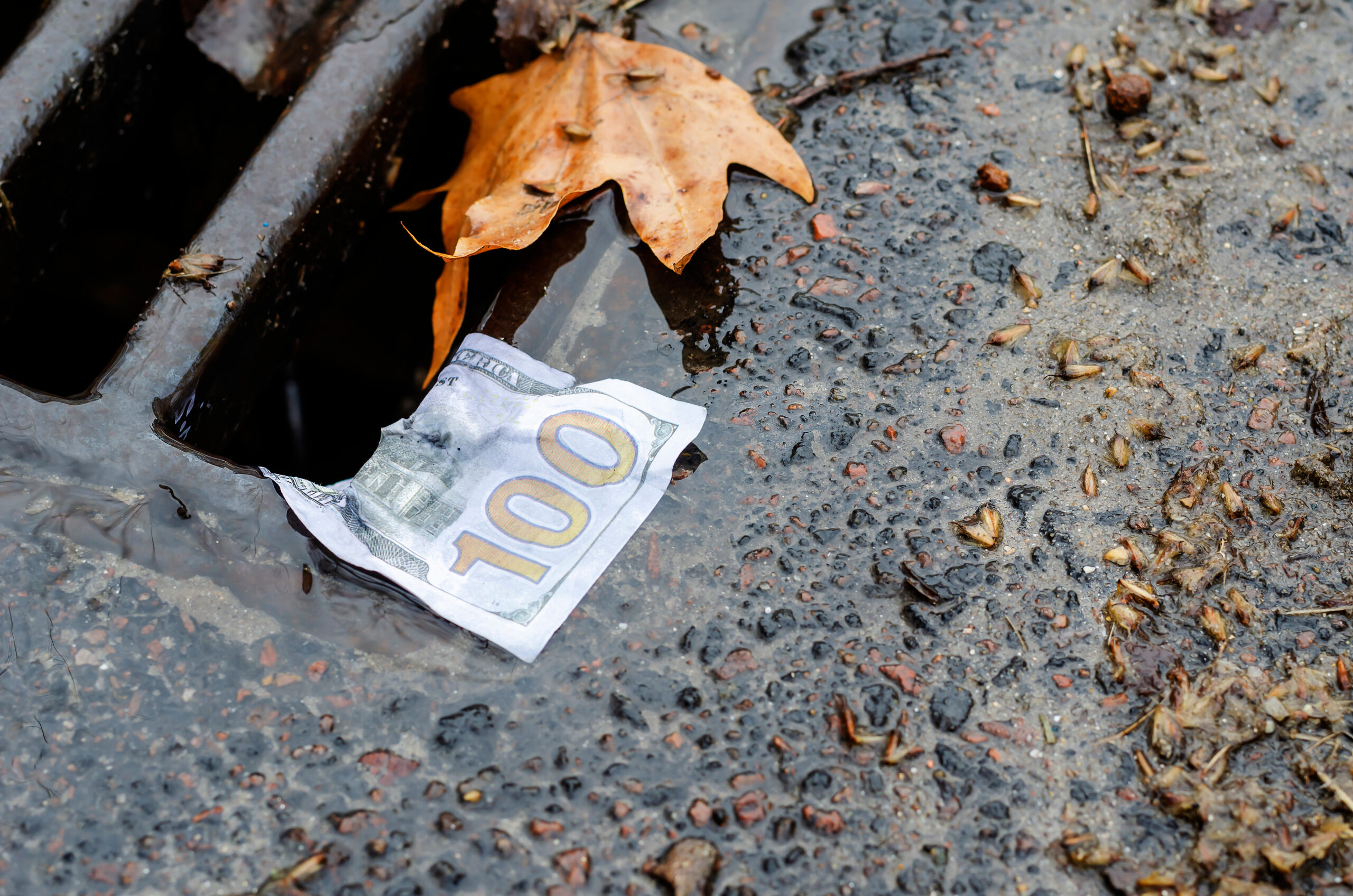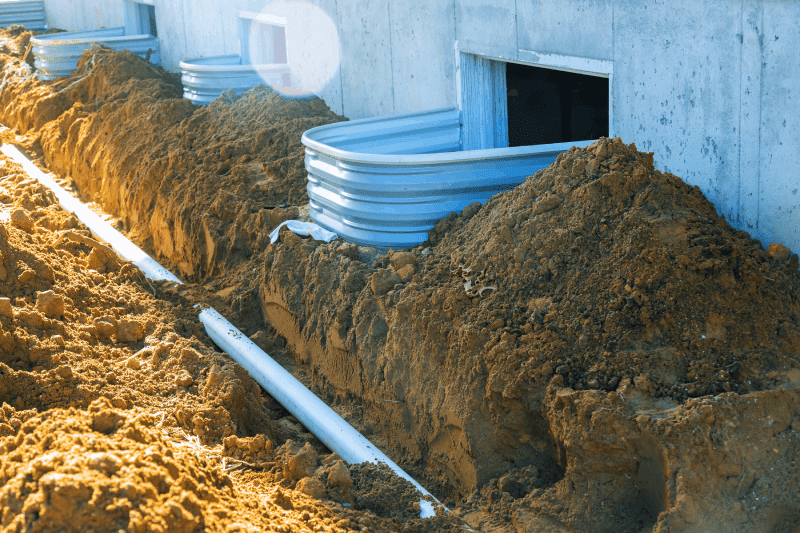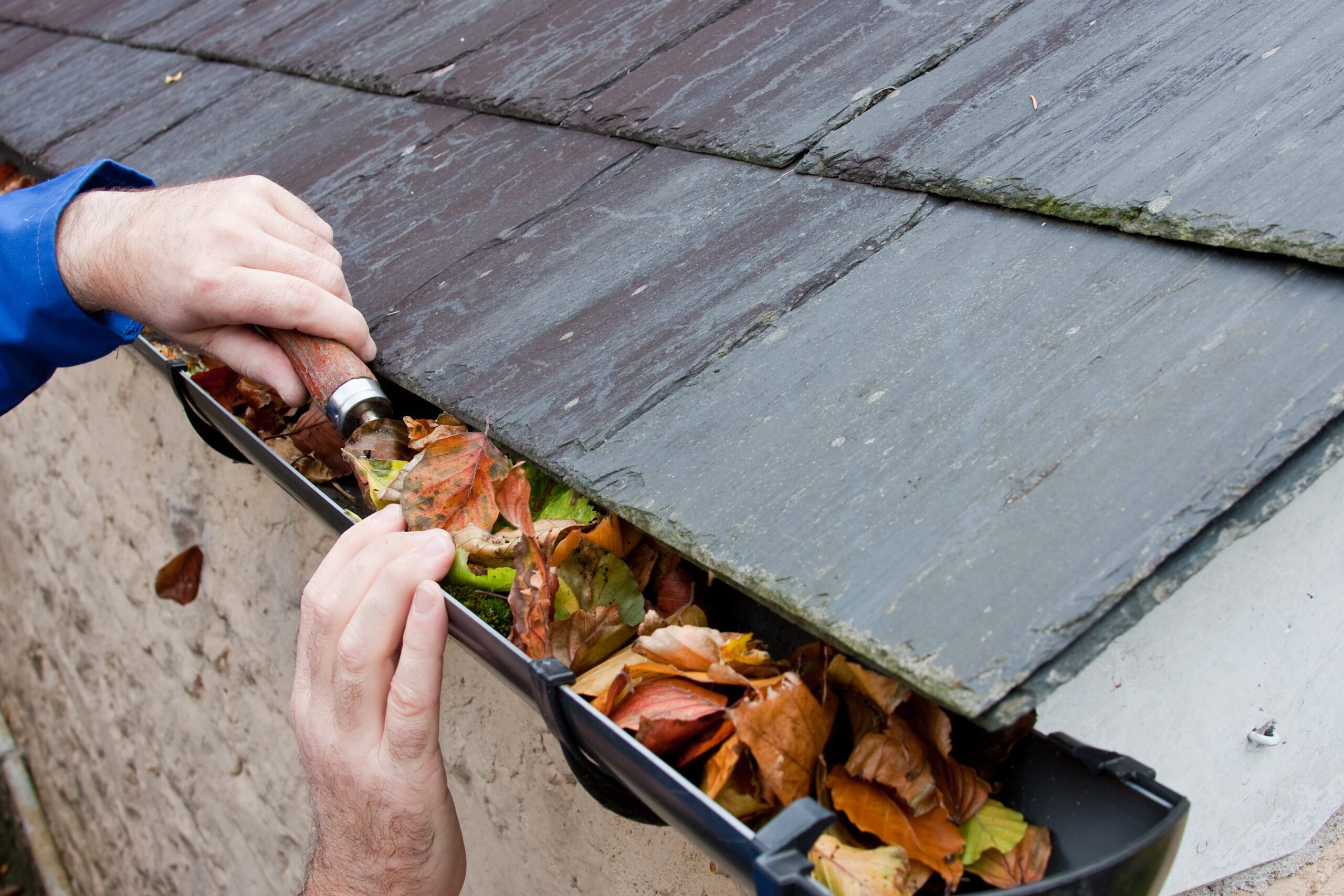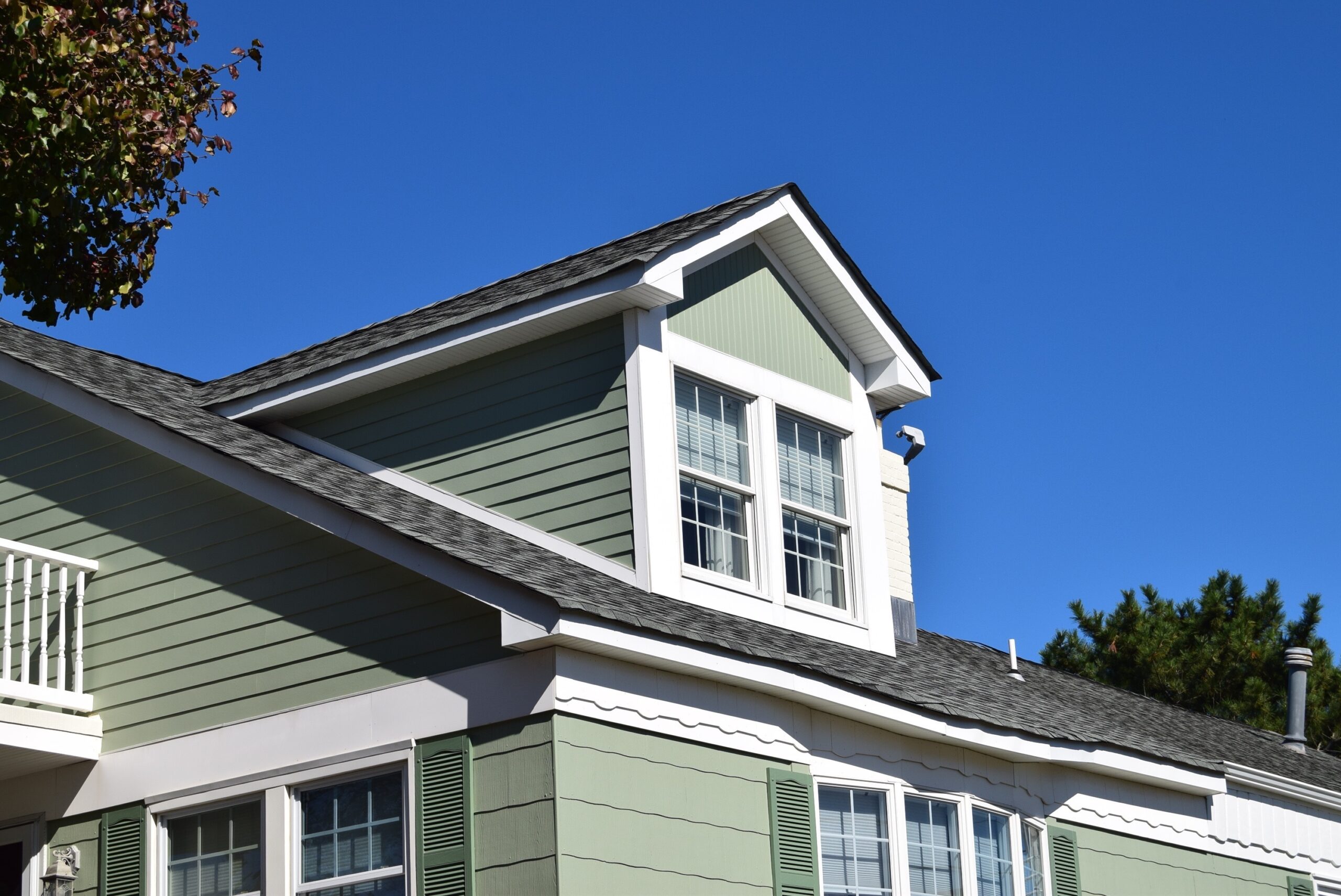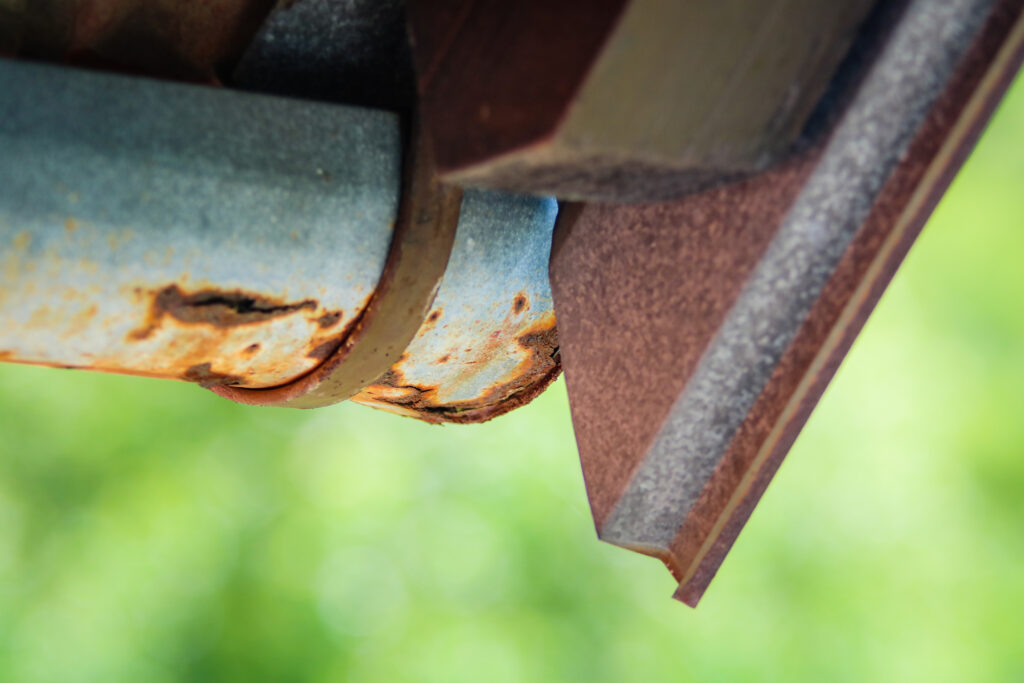
How old are your gutters? Under five, over ten, approaching the teens? If you aren’t sure how old they are, you know they’re older but haven’t replaced them, or they’re past fifteen years old, it’s time to consider replacing them. Unfortunately, most gutter systems aren’t made to last beyond 10-15 years, depending on the manufacturer, material, and if the system has some damage.
Luckily, there are some early signs of gutter failure to look out for so you can catch it early rather than let it go on, possibly causing extensive damage to your home. Continue reading to learn about some early signs of gutter failure so you can know what to look for when it’s time to replace your gutter system.
1. Corroded Gutters
One of the easiest to spot early signs of gutter failure is corroded gutters. If your gutters aren’t top quality or if the system you installed isn’t a highly durable material, it’ll start to rust. Most gutter systems are made from aluminum, which naturally corrodes when exposed to humidity and moisture. Gutter systems made from aluminum should have a coating that covers the base material to help prevent corrosion. Unfortunately, not all gutter installation companies use high-quality materials, paint, and coatings.
The corrosion process of an aluminum gutter system is a relatively slow one. Corrosion begins when aluminum is exposed to the elements, including oxygen and moisture, and begins to form an aluminum oxide. Rather than flake like rust does, corrosion hardens and gives an unsightly appearance to a gutter system. Corrosion of aluminum and even steel gutters will eventually eat away at the material, forming holes and cracks in the gutters and downspouts.
Corrosion of gutters occurs when paint chips from the gutter, exposing the aluminum underneath. Paint chips can happen from severe weather like thunderstorms that produce hail, excess water, or moisture that peels paint from the gutter.
2. Overflowing/Sagging Gutters
Another early sign of gutter failure is overflowing or sagging gutters. Gutters start to overflow for many reasons, the most common being clogged gutters that have blocked water from flowing freely through the system. Since the water has nowhere to go, it spills over the sides. As a result, water collects directly under the gutters along the home’s foundation, causing issues like foundation damage, basement leaks, and so on.
Gutters sag from excess weight stronger than the gutter system can hold. This can be from water trapped inside the gutter left to sit and collect over time, heavy snow accumulation, ice dams, and storm damage. Either way, sagging gutters and overflowing gutters are dangerous and put a strain on your home’s soffit and fascia and the roof, depending on how the gutter system was installed.
3. Trough Around the Foundation
As previously mentioned, water left to flow over the gutter’s sides will land and collect directly under the gutter system. Imagine how many days on average we have precipitation here in Central Virginia (over 42 inches per year) then where all the overflowing water would collect. Eventually, it would form a trough around the foundation, worsening with every rainfall or snowfall.
Gutters need replacing when you notice a trough forming around the foundation. If left to continue, the trough will eventually cause foundation damage, basement leaks, and even structural damage.
4. Stained Siding
Sometimes home siding, whether vinyl, stucco, or light brick, gets stains from excess rainfall that splashes mud and dirt onto it or from sprinklers that hit the siding. Other times, a failing gutter system is to blame. How? When a gutter system begins to fail, it can leak, allowing water that was meant to flow through the gutters to trickle down the home, eventually causing unsightly water stains.
5. Leaking Gutters
Leaking gutters are never a good sign and can lead to some unwanted damage to your home. Sectional gutters have pieces installed in sections that are attached using numerous bolts, screws, and even sealants. Throughout the years, bolts and screws will naturally loosen from heavy rainfall, snowfall, snowmelt, and even ice dams. High wind speeds and hail can also cause them to loosen. Eventually, gaps will form between each section, allowing water to trickle through, ruining your landscaping and causing other damage.
Corroded gutters, overflowing/sagging gutters, a trough around the foundation, stained siding, and leaking gutters are just a few early signs of gutter failure. If caught early enough, you may not have excess damage to your home. However, replace your gutters as soon as you notice any of these early signs.
If you want peace of mind knowing you’ll never need to worry about a failing gutter system, consider installing the K-Guard System. It’s a seamless, complete system that’s extremely durable and clog-free, made from heavy-duty aluminum. It has multiple components, including a curved hood, that keep debris out while flushing water through at a rapid pace.
It’s so durable that it comes with a lifetime warranty. You’ll never need to worry about replacing K-Guard once installed – it’ll withstand all weather conditions and never needs replacing! K-Guard is a permanent gutter solution that never clogs, corrodes, overflows, sags, leaks, or stains your home’s siding. Because it never leaks, it’ll never allow a trough to form around the foundation.
Home Evolutions VAhas been installing and repairing gutter systems for decades with thousands of happy customers in Lynchburg and surrounding areas. We can help with all your home improvement needs, whether you need help with an insurance claim or a quote for installing a new roof or gutter system. We’re here to help every step of the way throughout the entire process. Contact us today for a free estimate!

